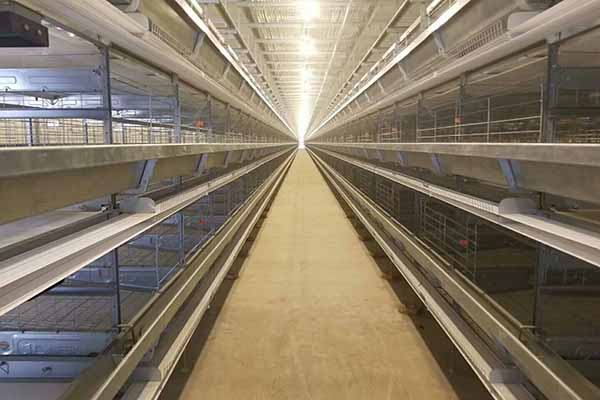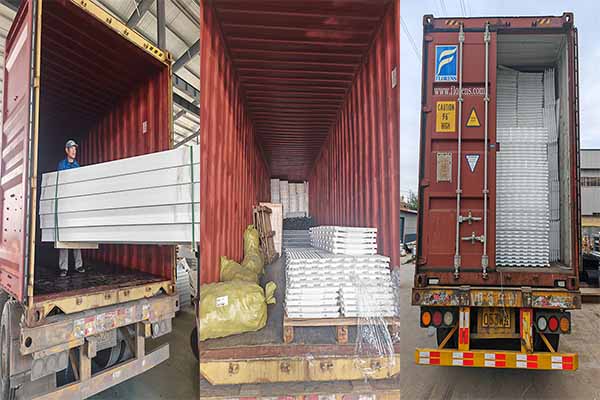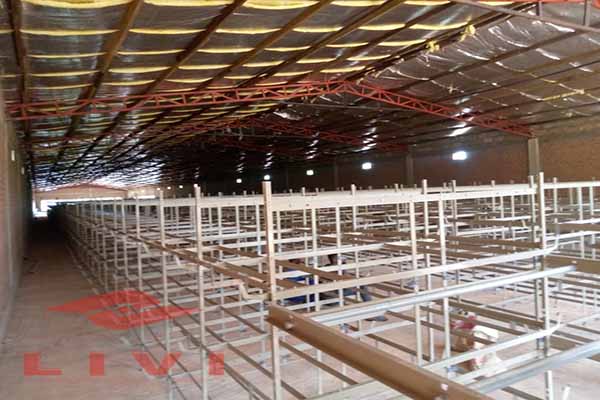Optimizing Chicken Cage Farm Setup in Kenya: A Comprehensive Guide
Chicken cage farming has become a popular venture in Kenya, offering a profitable business opportunity. However, setting up an efficient and effective chicken cage farm requires careful planning and execution. In this article, we will explore the key aspects of chicken cage farm setup in Kenya, including design, equipment, and operational considerations.
Designing Your Chicken Cage Farm
When designing your chicken cage farm in Kenya, it’s essential to consider the following factors:

- Space Allocation: Ensure each chicken has adequate space to move around comfortably. A general guideline is 2-3 square feet per bird.
- Airflow: Proper ventilation is crucial to maintain a healthy environment. Plan for cross-ventilation to prevent heat stress and ammonia buildup.
- Lighting: Use controlled lighting to mimic natural day and night cycles, which can affect egg production and overall health.
- Water and Feed Supply: Ensure easy access to fresh water and feed. Use automated systems to minimize labor and waste.
According to a study by the Kenya Veterinary Association, an optimal cage size for broiler chickens is 40cm x 60cm, while layer cages should be 45cm x 60cm. This ensures the well-being of the chickens and maximizes productivity.
Choosing the Right Equipment
The equipment you choose for your chicken cage farm in Kenya will significantly impact its efficiency and profitability. Here are some essential items to consider:
- Cages: Select high-quality cages that are easy to clean and maintain. Wire mesh is a popular choice for Kenya’s climate.
- Feeders and Waterers: Automatic feeders and waterers can reduce labor costs and ensure chickens receive a consistent diet and water supply.
- Heating and Cooling Systems: In Kenya’s varying temperatures, reliable heating and cooling systems are necessary to maintain ideal conditions for the chickens.
- Monitoring Equipment: Invest in temperature and humidity sensors to keep track of the environment and make adjustments as needed.
Table 1: Common Equipment Costs for Chicken Cage Farms in Kenya
| Equipment | Cost (USD) |
|---|---|
| Cages | 100 – 200 |
| Feeders and Waterers | 50 – 100 |
| Heating and Cooling Systems | 200 – 500 |
| Monitoring Equipment | 100 – 200 |
Operational Considerations
Once your chicken cage farm is set up, it’s crucial to maintain proper operations. Here are some key considerations:
- Sanitation: Regularly clean and disinfect the cages to prevent disease outbreaks.
- Health Monitoring: Regularly check the chickens for signs of illness and treat them promptly.
- Feeding and Watering: Ensure the chickens have access to a balanced diet and fresh water at all times.
- Employee Training: Train your staff on proper chicken handling and farm management practices.
According to the Kenya National Bureau of Statistics, the poultry industry in Kenya is expected to grow at a CAGR of 5.5% from 2020 to 2025. Investing in a well-designed and efficiently managed chicken cage farm can be a profitable venture in this growing market.


For more information on setting up your chicken cage farm in Kenya, contact us for a free design consultation and equipment quote from Livi Mechanical.




